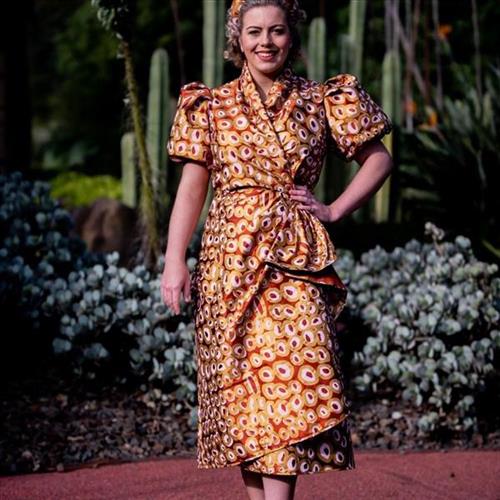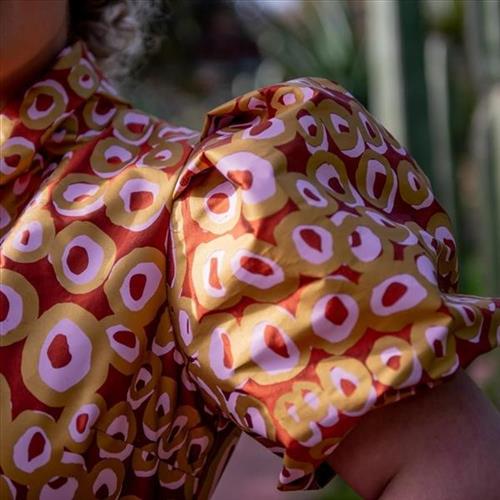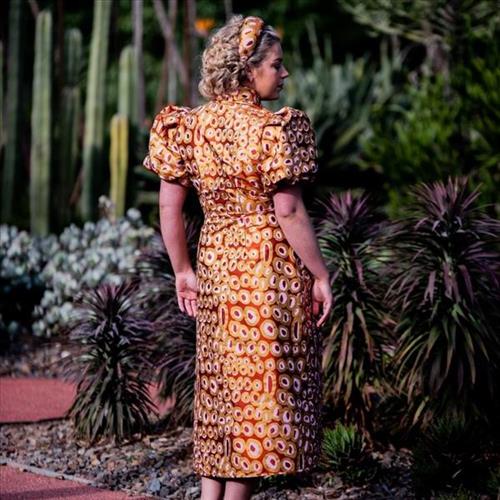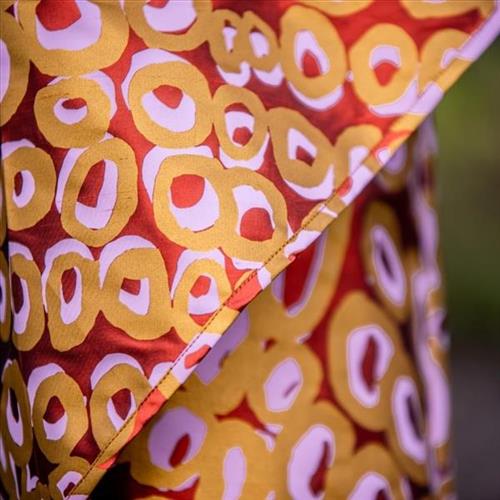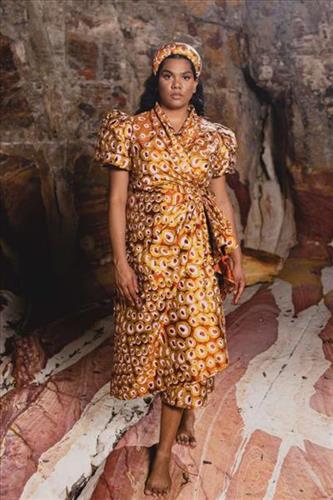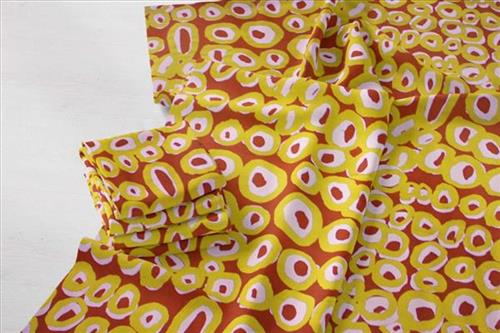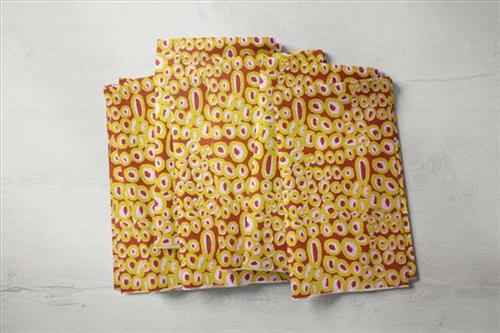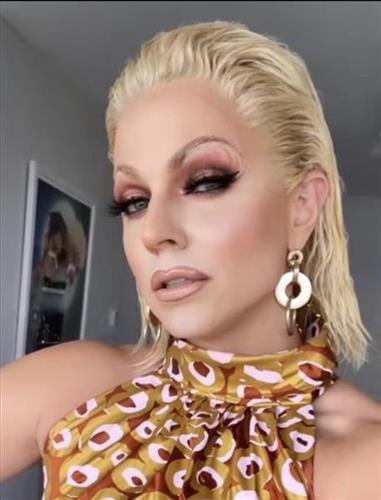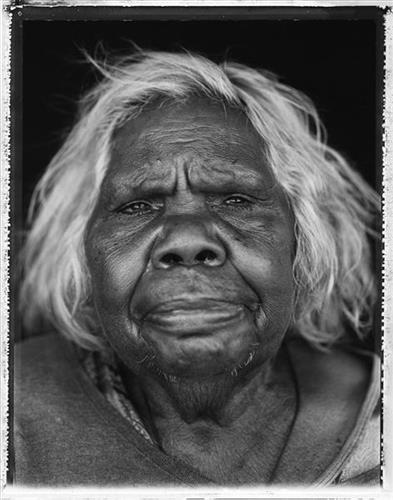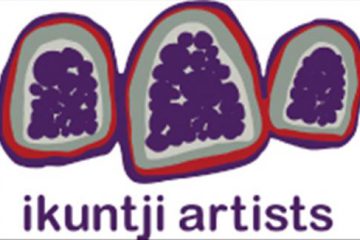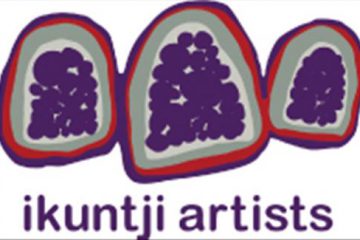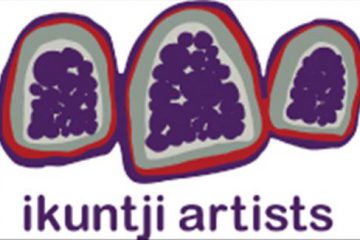22024002295
Status: Stock
Tjilkamala Rockholes Fabric – Pink and Gold Ink on Burnt Orange (Silk) 50cm
This design by Alice Nampitjinpa Dixon depicts Takupalangu west of Kintore. This is Uta Uta Tjangala’s country, which he has painted throughout his career. Nampitjinpa paints her father’s country of rockholes (puli) and sandhills (tali). There is plenty bushtucker – mangilpa, which are little black seeds around. The road to Kiwirrkurra passes Takupalangu on the side.
Alice describes the big swamp of Takupalangu, in her Fathers country. Takupalangu is filled up with bush vegetables called mungilpa. When Alice was a small girl she travelled this country with her family. Her mother used to collect mungilpa and pummel it into dough which she made into damper. It is also a good place for hunting bush meat as the swamp is surrounded by rock hills.
This fabric has been screen printed by hand by Published Textiles and Papers, ensuring the highest quality and longevity.
About the printers:
Publisher Textiles & Papers is one of Australia’s leading print houses. Focused on producing original patterns through traditional hand-screen printing methods we create bold and colourful textiles, hand printed wallpaper, clothing and fabric.
Our fabric is printed in small batches and is available in pre-cut lengths on the website, which we update regularly. For larger quantities, please email us to discuss pre-orders.
Fabric details:
This fabric is by continuous metreage going up in 50cm increments, priced at $170 per metre.
For 1m, please add 2 x 50cm to your cart and it will be cut as a continuous length ($170 for 1m).
For 2m, please add 4 x 50cm to your cart and it will be cut as a continuous length ($340 for 2m).
For 3m, please add 6 x 50cm to your cart and it will be cut as a continuous length ($510 for 3m).
Princess Silk (Dupion)
100% Silk M/Woven 120 reed Dupion 137cm (highest quality weave)
Princess Silk is of the highest quality silks, with 120 reed woven dupion. Dupion fabric is tightly woven with different sized weft and warp threads which gives it a textured appearance and highly-lustrous surface. The fibres are yarn dyed separately and then machine woven to make the fabric. Many colours are yarn dyed woven with different coloured warp and weft threads, giving an iridescent look.
Recommended care instructions: always dry clean for silk dupion. Hand washing the fabric will cause it too loose that stifness or crispness to the fabric.


